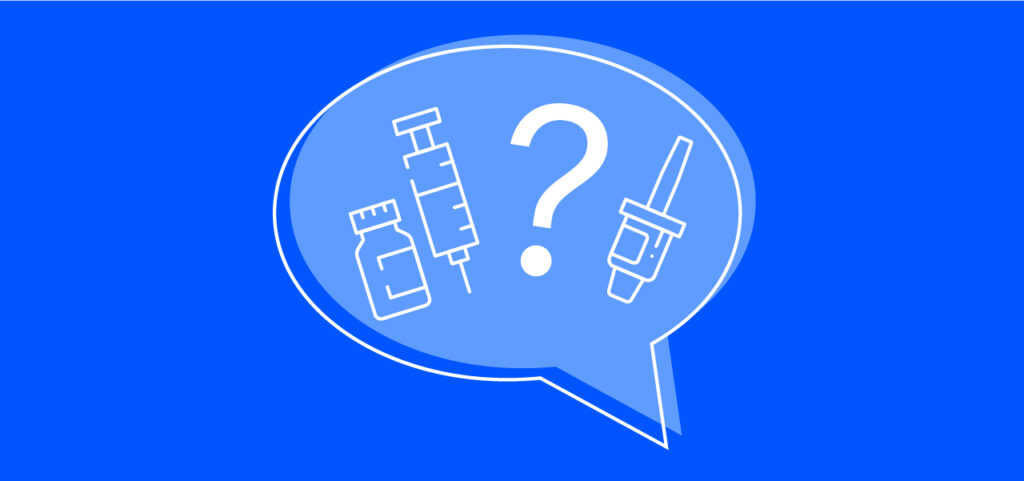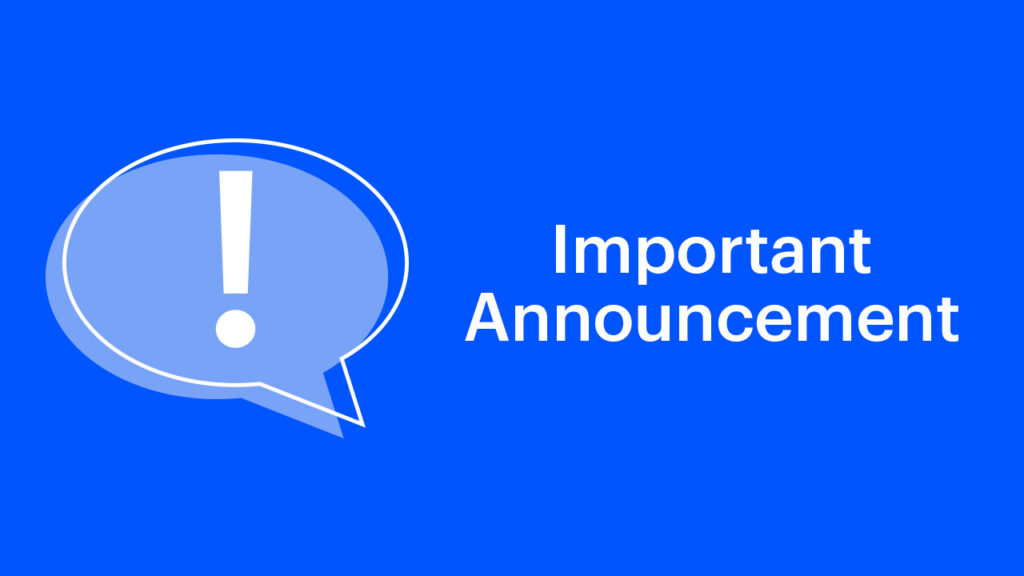
Content repurposed with permission from: type1better.com
Despite best efforts to keep a child’s blood glucose within target, severe hypoglycemic episodes can happen, and it’s best to be prepared for the unpredictable. The risk of severe hypoglycemia is higher in children with T1D than in adults with T1D. This could be due to children being less aware of their symptoms and less likely to voice them out. During a hypoglycemic episode, if your child is not able to safely ingest any glucose tablets or fruit juice, someone will have to administer glucagon, a hormone that raises blood glucose levels. Prior to 2019, glucagon could only be administered by injection, but is now also available as a nasal spray for use in people aged 4 years and older. When prepared and administered as recommended, both products perform similarly. However, several studies have highlighted that glucagon isn’t always prepared or administered optimally in an emergency situation, so the treatment may not be as effective.
A recent study in Quebec, looked at the efficacy of nasal versus injectable glucagon by parents, guardians, and school personnel not familiar with administering glucagon. In this study, participants were asked to watch two short instructional videos on both types of glucagon. Three months later, they participated in a simulation in which they had to administer both types of glucagon in a stressful situation.
The study showed that nasal glucagon was not only faster and easier to administer, but its administration also had a better success rate than injectable glucagon.
Many mistakes were made when administering injectable glucagon, such as forgetting to remove the air from the syringe, injecting the diluent without mixing it with the glucagon powder first, or giving a full dose instead of the half-dose required for a child. Some participants even tried to administer insulin. Mistakes were less frequent with nasal glucagon (e.g., not pushing the plunger all the way in). Nasal glucagon appears to show many advantages over injectable glucagon, especially in school settings for children with T1D. However, it’s important to remember here that nasal glucagon is only approved for children aged 4 years and older, so injectable glucagon is the only treatment available for younger children.
The videos used for the study can be viewed, downloaded and shared using the following links:
Severe hypoglycemia
Severe hypoglycemia refers to a situation where blood glucose levels drop very low (often below 2.8 mmol/L) and where the person is unable to seek help or treatment on their own. In teenagers and adults, it refers to a situation where the person would not have been able to treat a low on their own. Symptoms can vary, but generally include shakiness, heavy sweating, confusion, irritability and, in some cases, loss of consciousness that may lead to seizures.
Severe hypoglycemia episodes are often described as a frightening, panic-inducing, alarming and dangerous episode that leaves people, especially loved ones, feeling helpless and unprepared. Each year, about 10% of people with T1D experience a severe hypoglycemic episode. Therefore, it’s important to keep an eye out for symptoms of hypoglycemia and to have a plan of action to be able to intervene quickly should blood glucose levels drop significantly.
Glucagon should be administered only in the event of severe hypoglycemia and if the person is unable to ingest any carbs by the mouth (e.g., inability to swallow, loss of consciousness). This emergency treatment releases glucose (sugar) stored in the liver into the bloodstream. Blood glucose levels should be back above 4.0 mmol/L within 5 to 20 minutes.
References :
- Yue-Pei Wang et al., Comparison of Intranasal and Injectable Glucagon Administration among Pediatric Population Responders. Manuscript accepted in Diabetes Technology and Therapeutics.
- Madar, Houssein et al. Influence of severe hypoglycemia definition wording on reported prevalence in adults and adolescents with type 1 diabetes: a cross-sectional analysis from the BETTER patient-engagement registry analysis. Acta diabetologica vol. 60,1 (2023): 93-100. https://link.springer.com/article/10.1007/s00592-022-01987-9
- Brazeau, Anne-Sophie et al. Self-reported severe and nonsevere hypoglycemia in type 1 diabetes: population surveillance through the BETTER patient engagement registry: development and baseline characteristics. Canadian journal of diabetes vol. 46,8 (2022): 813-821. https://www.canadianjournalofdiabetes.com/article/S1499-2671(22)00134-4/fulltext

